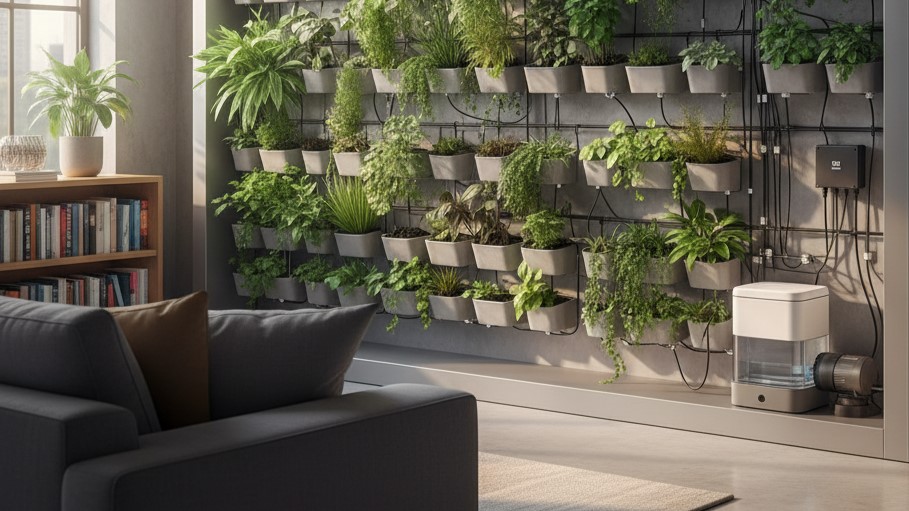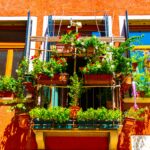Hi, Green Thumbs!
Some time ago, I almost gave up on my vertical garden. Between work deadlines, travel, and just being exhausted, I kept forgetting to water my plants. The leaves turned yellow, the soil dried out, and I felt guilty every time I looked at my green wall. That’s when I discovered self-watering systems, and it changed everything. Now, my plants stay hydrated automatically, even when I’m away for a few days, and I actually enjoy gardening instead of stressing over it.
Why Self-Watering Vertical Gardens Work
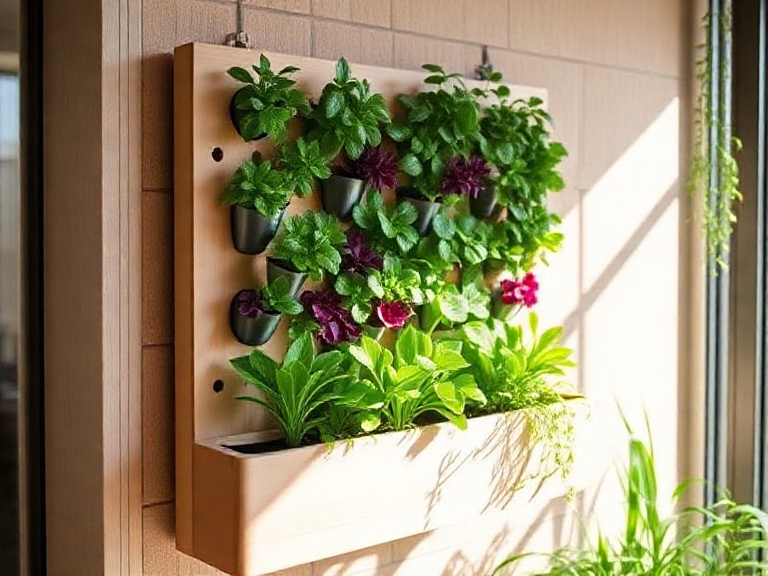
- Consistent Moisture: Plants get water gradually, avoiding over- or under-watering.
- Time-Saving: Ideal for busy schedules or when travelling.
- Healthier Plants: Strong roots, greener leaves, better growth.
- Water-Efficient: Less wastage than manual watering.
Materials You’ll Need for a Self-Watering Vertical Garden
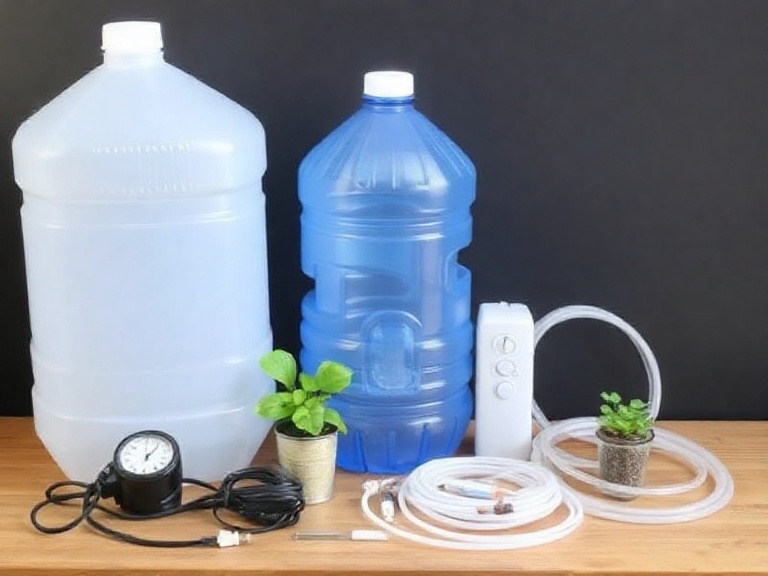
| ITEMS | APPROX COST(INR) | NOTES |
| Vertical planters/wall pockets | ₹800–1500 | PVC, fabric, or modular planter boards |
| PVC pipe or drip irrigation kit | ₹400–700 | Adjustable valves recommended |
| Water container (20–30L) | ₹300 | Place higher than planters for gravity feed |
| Submersible pump (optional) | ₹600–1200 | For automated watering with a timer |
| Timer (optional) | ₹500–800 | Controls pump schedule |
| Cocopeat + compost mix | ₹200 | 70% cocopeat + 30% compost for balanced moisture |
| Tubing/connectors/funnel | ₹100–200 | To distribute water to all planters |
| Plants | Variable | Hardy, moisture-loving plants are ideal |
| Pebbles or small stones | ₹50–100 | For bottom drainage |
Self-Watering for Vertical Garden: Step-by-Step Guide
Choose Your Plants
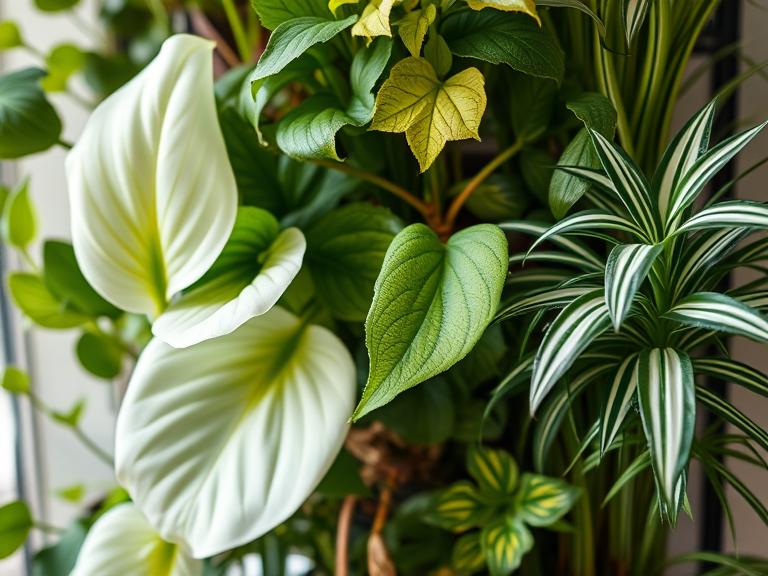
- Pick plants that thrive in consistently moist soil.
- Low-maintenance: Snake Plant, Money Plant, Spider Plant
- Moisture-loving: Peace Lily, Ferns, Syngonium
- Optional climbers: English Ivy, Philodendron
- Avoid succulents or cacti; they hate constant moisture.
Select a Location
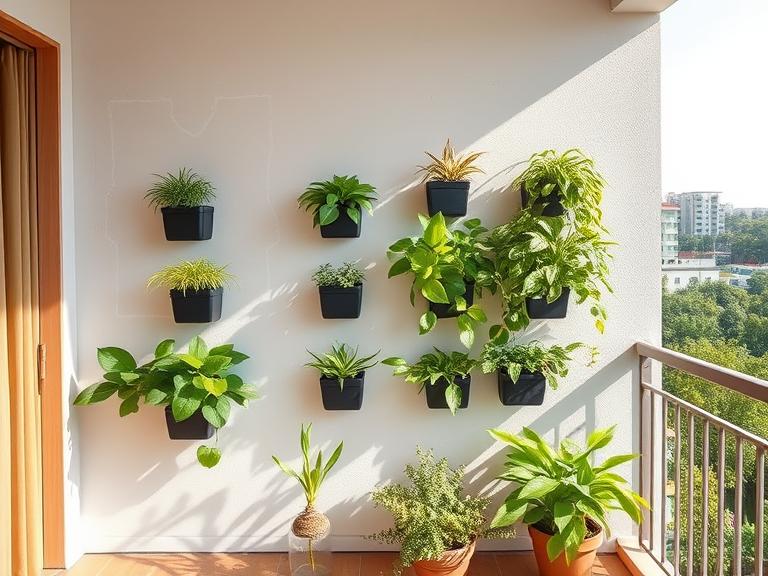
- Bright, indirect light is ideal.
- Avoid harsh afternoon sun for delicate leaves.
- Ensure the wall/balcony has drainage so that water does not puddle at the bottom.
Prepare Your Planters
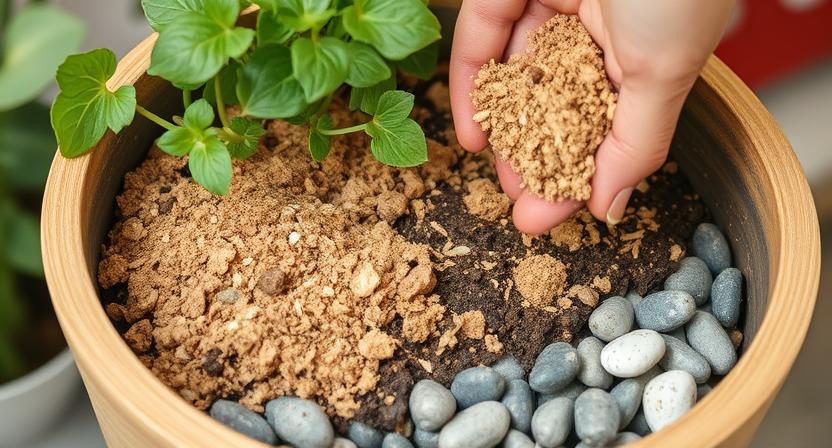
- Ensure drainage holes are present.
- Layer the bottom with small pebbles to prevent waterlogging.
- Fill with cocopeat + compost mix (70:30).
Build the Self-Watering System
Option A: Gravity-Fed System
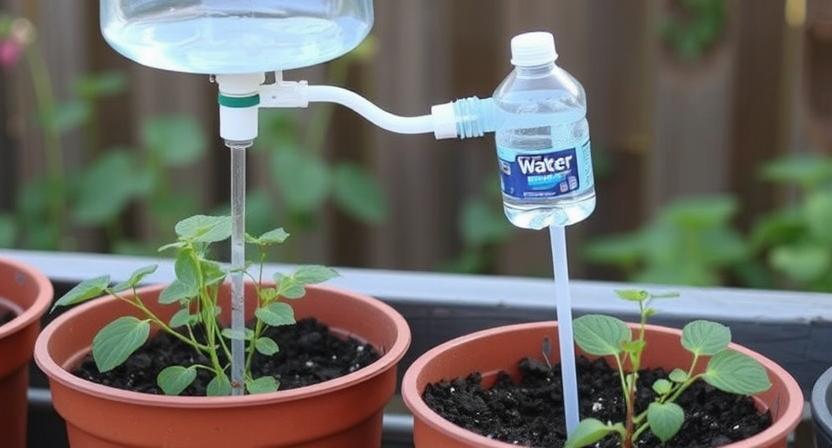
Place a water container above the vertical planters.
- Connect tubing or drip lines to each planter.
- Adjust drip valves to flow water slowly and evenly.
- Test for leaks and ensure all planters receive water.
Option B: Pump + Timer System
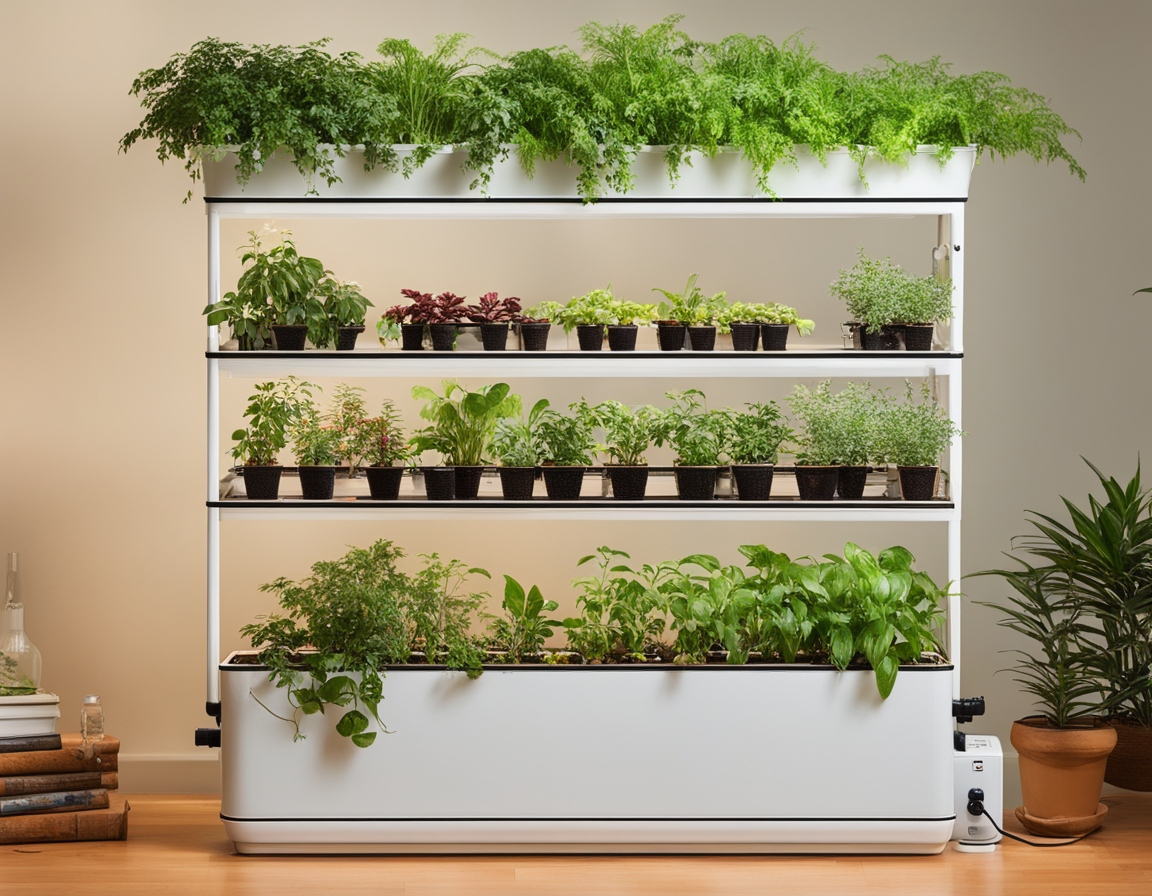
- Submerge a small pump inside the water container.
- Connect tubing to each planter.
- Attach a timer to schedule watering, e.g. 5–10 minutes, once or twice a day.
- Monitor initial days for adjustments in flow.
Hybrid Tip: Gravity-fed system for daily watering and a pump for extra flow during hot seasons.
Test Your System
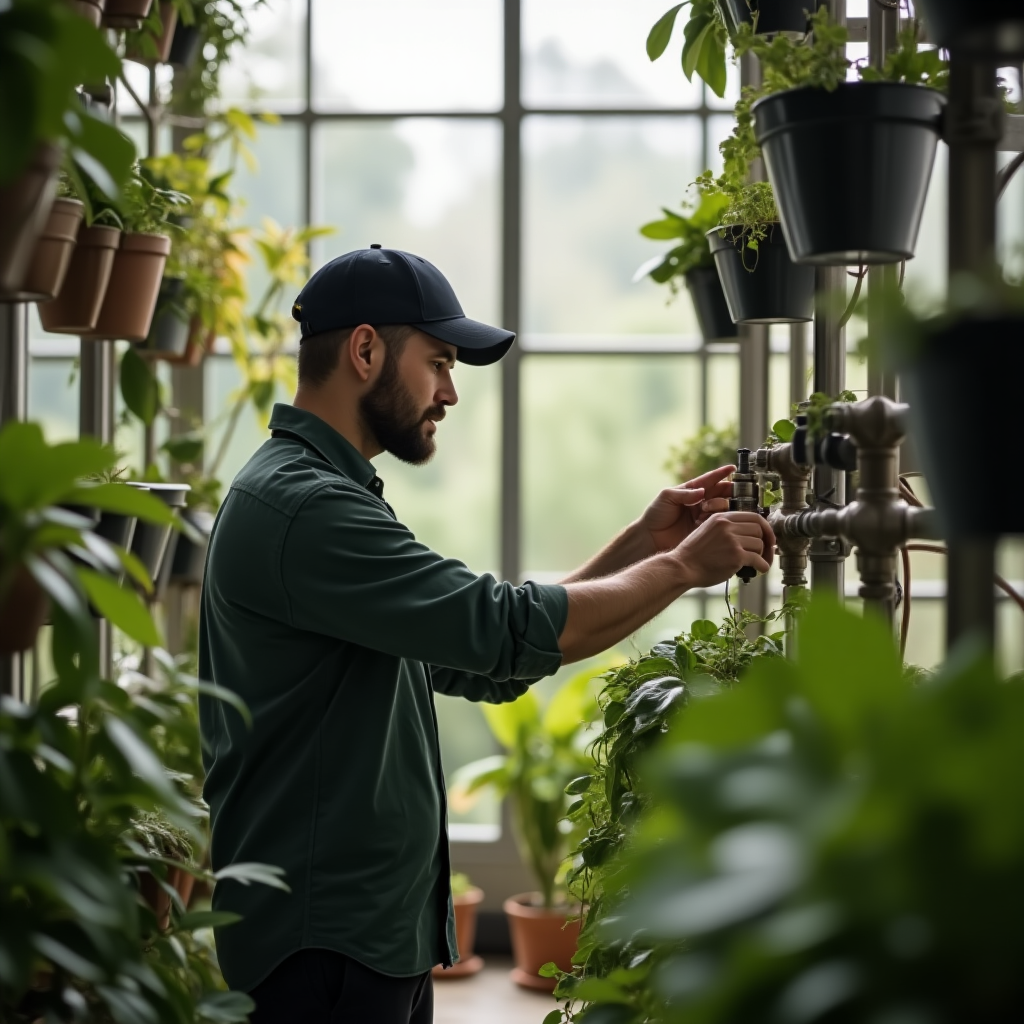
- Run the system for 24–48 hours:
- Check that all planters are receiving water.
- Adjust drip rates if some planters are getting too much or too little water.
- Ensure soil is moist but not soggy.
Maintenance
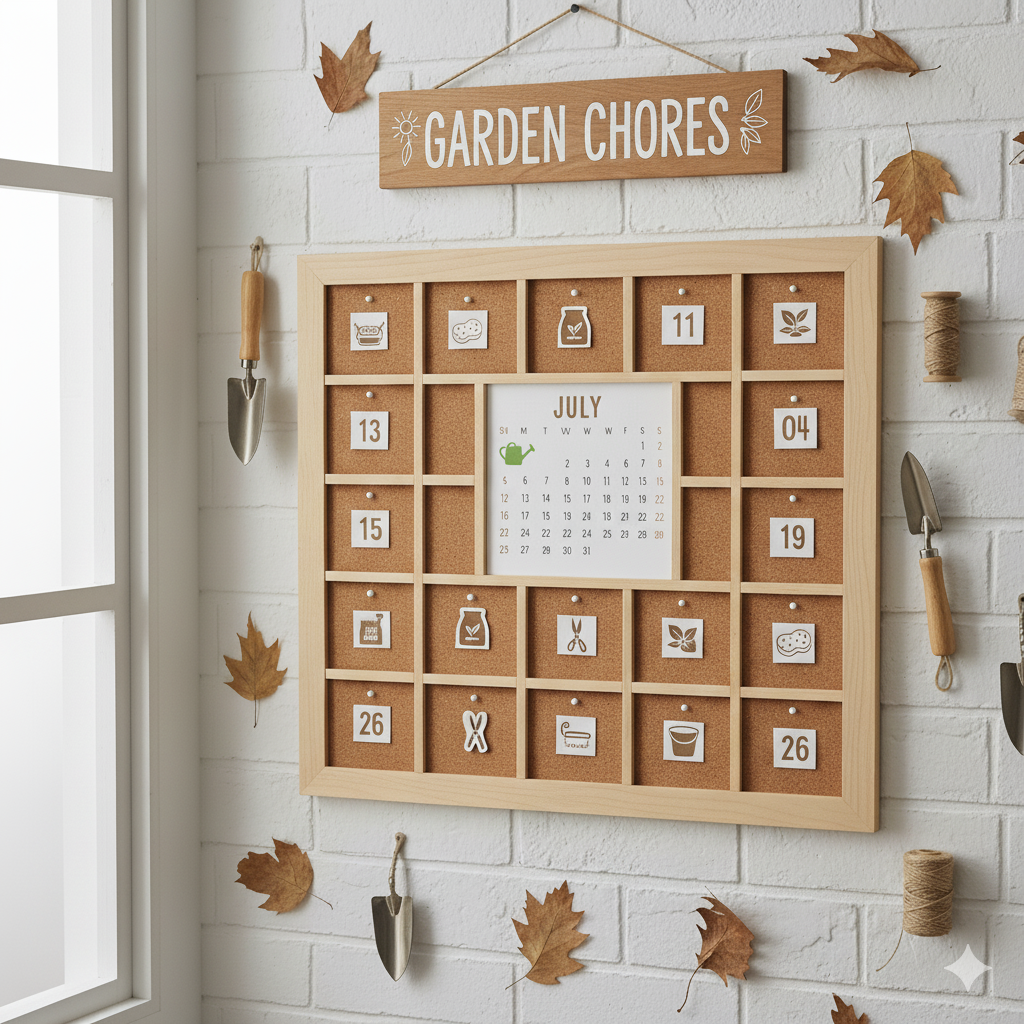
| TASK | FREQUENCY | NOTES |
| Water refill | 5–7 days | Depends on container size & plant count |
| Fertilizing | Every 3 weeks | Diluted liquid fertilizer or compost tea |
| Tubing cleaning | Monthly | Prevents algae and blockages |
| Leaf cleaning | Every 2–3 weeks | Helps plants “breathe” |
| Pruning | Monthly | Removes yellow leaves & encourages new growth |
| Pest control | Monthly | Neem oil spray works well in Indian conditions |
Troubleshooting
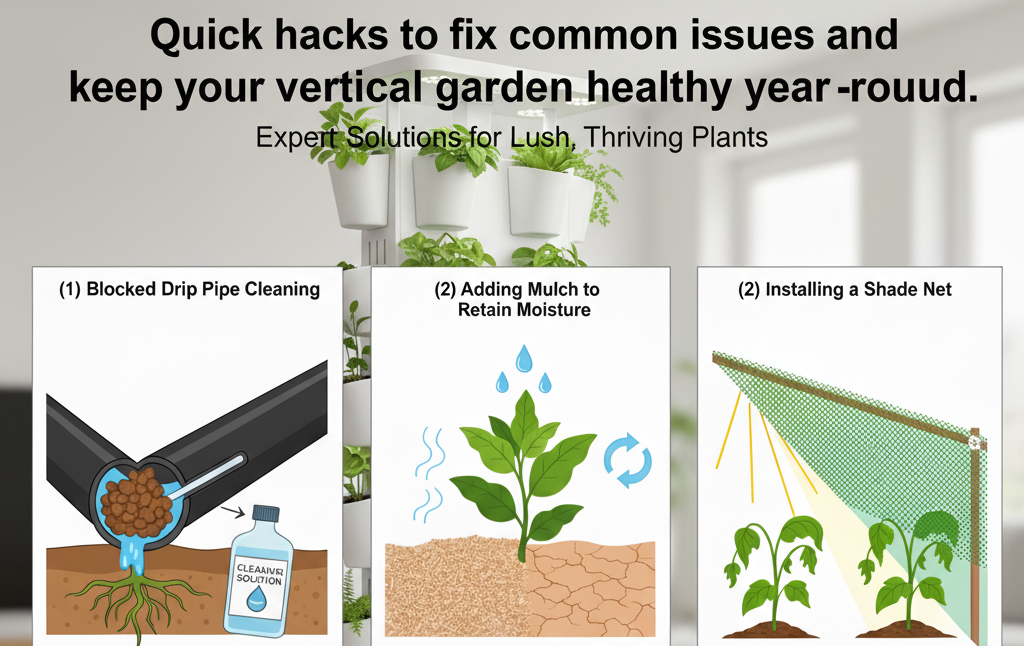
- Overwatering: Reduce the drip-rate or check for blocked drainage.
- Uneven watering: Adjust tubing or container height.
- Yellow leaves: Due to too much water or low light.
- Algae in containers: Clean and refill water every 1–2 weeks.
Optional Hacks & Enhancements
- Bottle Spike Hack: Use recycled bottles as mini self-watering spikes for each planter.
- Tiered Planters: Save wall space and create a lush layered look.
- Shade Netting: Protect delicate plants in Indian summer.
- Decorative Mulch: Keeps soil moist longer and adds aesthetic appeal.
Cost & Effort Comparison
| SYSTEM | COST(INR) | EFFORTS | MAINTENANCE |
| Bottle Spike | ₹50–100 | Easy | Refill every 2–3 days |
| Gravity Drip | ₹1,500–2,000 | Moderate | Refill weekly |
| Pump + Timer | ₹2,500–3,500 | Moderate | Weekly refill & tubing cleaning |
Final Thoughts
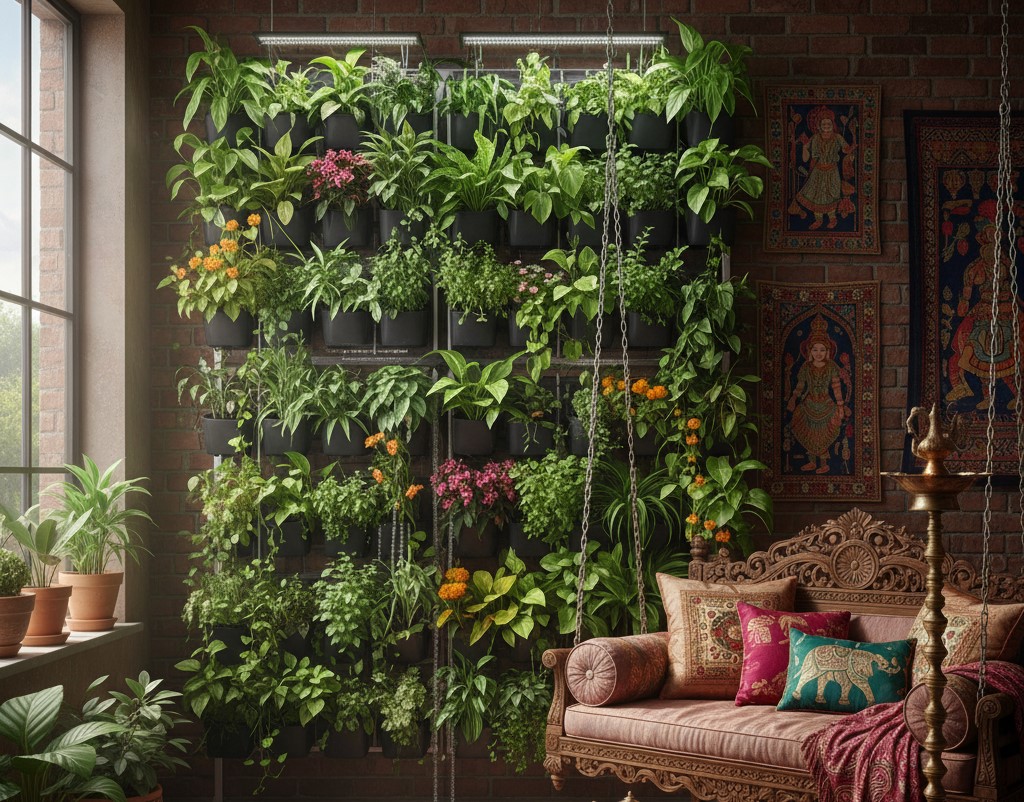
A DIY self-watering vertical garden takes the stress out of gardening while keeping your balcony lush and healthy. Start small, test your system, and expand gradually.
Once set up, you’ll enjoy:
- Happier, healthier plants
- Fresher indoor air
- More time to enjoy your greenery instead of worrying about watering
💬 Your Turn!
Would you try a gravity-fed or pump-based system? Share your thoughts and setup ideas in the comments below!
